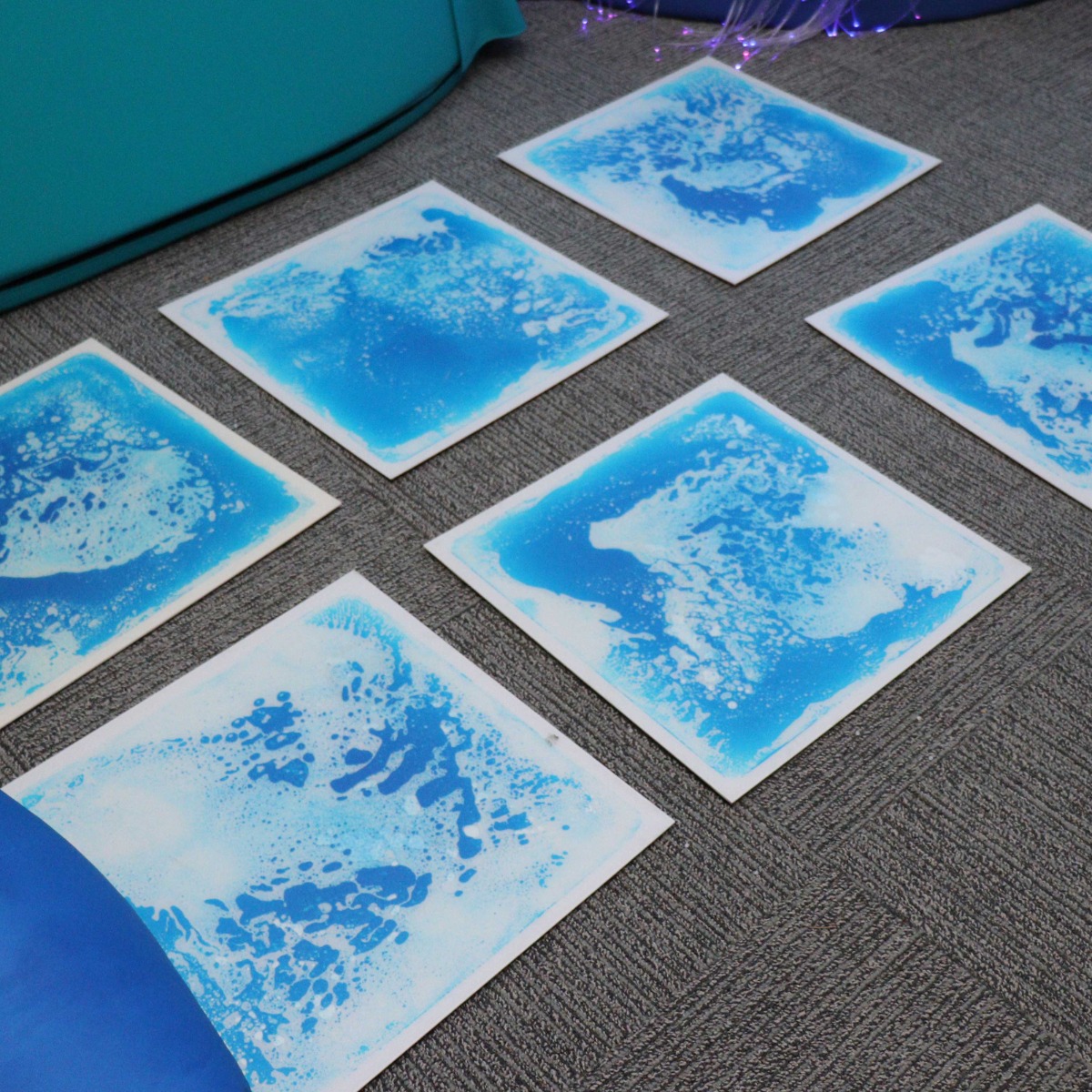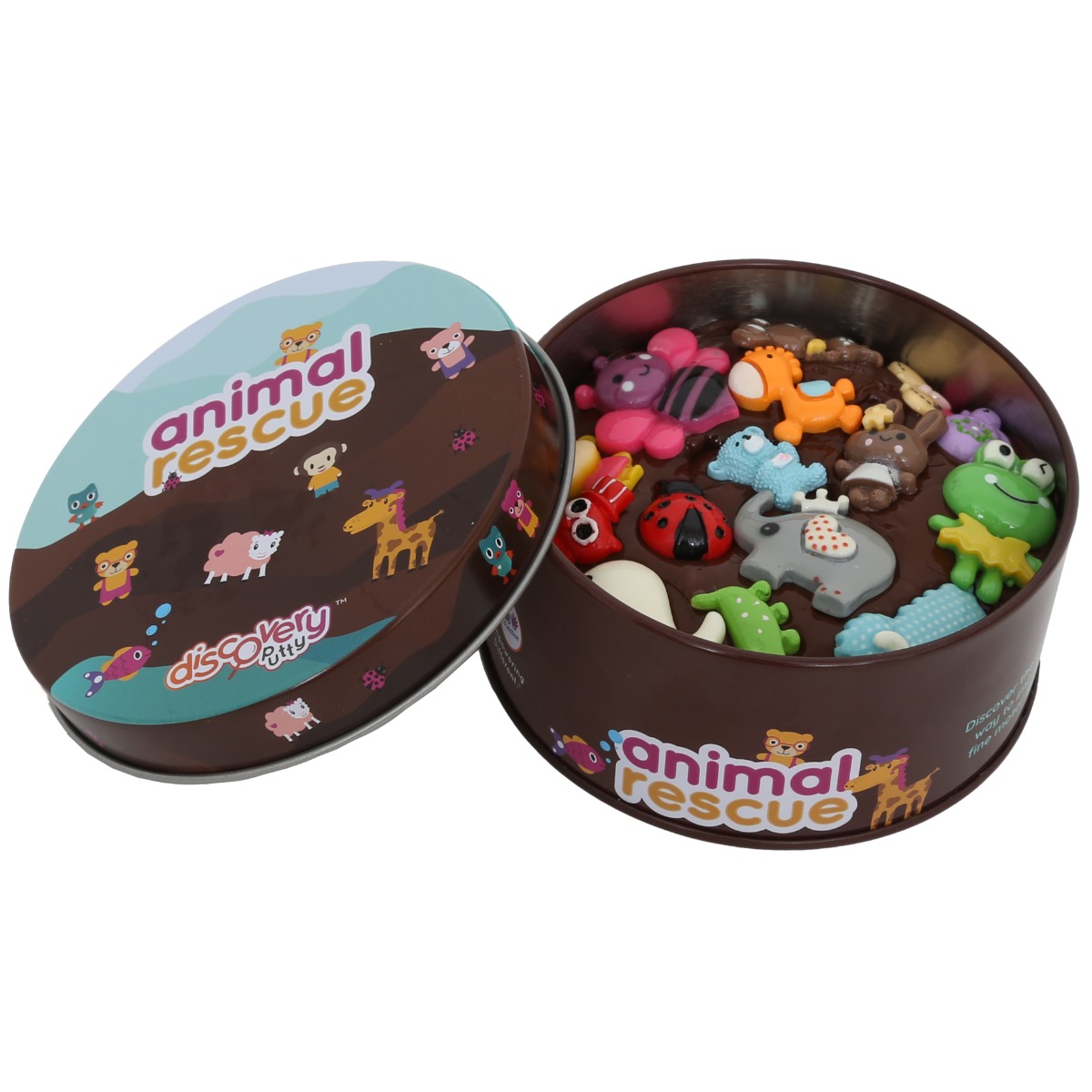Creating a sensory room in your school can benefit all students, but especially those with autism, ADHD, sensory processing disorders, anxiety or other special needs. These rooms promote calm and support sensory integration in a therapeutic setting. It’s important to consider the needs of the students using the sensory room so that you can best choose the type of room to create.
Many pieces of equipment in sensory rooms are versatile, allowing you to best support students with varying needs. For example, sensory seeking kids can use a Space Explorer for energetic activity while a child experiencing sensory overload might curl up inside for calming proprioceptive input. Interactive equipment is ideal so that kids are engaged in cause-and-effect play with their environment. Keep reading for 9 of our most popular sensory room tools!
What are the most popular sensory room tools for an elementary school?
Colorful and durable, Gel Floor Tiles invite kids to step, press and jump to watch the oozing colors. Teachers love how versatile they are. Use the floor tiles for gross motor work, sensory exploration, or spot markers. They are also wonderful to define a calming corner of the sensory room or divide up different zones within the space.
These supportive seats allow students to find the perfect seating position. The Squeezie Seat’s unique shape allows kids to sit facing forward to receive compression input down the sides of their torso, or straddle the seat for both proprioceptive and vestibular input as they rock back and forth. The seats are wipe-clean and come in a variety of colors/sizes, making them a great flexible seating option for schools.
This wipe-clean canoe provides incredible soothing deep pressure input. Kids can settle in and find a relaxing position. They can also use the Compression Canoe as a springboard for imaginative play. Rock the boat from side to side as though sailing on the ocean. This also helps develop motor planning and balance reactions.
Therapists, teachers and kids love using this barrel for creative gross motor play. Pretend it’s a tunnel that students need to crawl through or a cave to hide inside. Rolling while in the barrel, as though riding over a waterfall, provides vestibular input. Get a wonderful proprioceptive workout by pushing the barrel across the room.
Lend an aura of calm to your sensory room with mesmerizing Bubble Tubes. Kids love to watch the constantly changing colors and soothing bubbles, which can improve attention, auditory awareness, focus, visual tracking and interaction. Add a switch for kids to use so that this becomes an interactive sensory experience.
The fun shape of the Peanut Ball offers all the movement opportunities of an exercise ball with the additional support of a contoured saddle seat. Kids can bounce rhythmically to organize their sensory systems or roll gently back and forth to self-regulate. Students can also build core stability and improve balance by lying across the middle of the Peanut Ball and placing their hands on the floor while reaching for objects.
Climbing is a great source of proprioceptive input for students. It also promotes motor planning and coordination skills as kids figure out how to climb up the Honeycomb Climbing Panels. Using vertical space is especially helpful in smaller sensory rooms so that kids can still have the variety of equipment that they need.
There are many creative ways to use swings for therapeutic purposes. Swinging gently in the Raindrop Swing gives calming input while the stretchy fabric adds a soothing hug-like sensation. Swinging faster can be alerting to help kids wake up a sluggish sensory system during the school day.
For an all-in-one package of some of our most popular portable sensory tools, the Break Box® are a great addition to school sensory rooms. Teachers and therapists can help each student find a favorite among these curated tool kits. They contain everything from Discovery Putty for fine motor work, headphones for those with auditory sensitivities, and body socks for proprioceptive input.
Do you have a space to install a sensory room or does your sensory room need to be updated? Reach out to our creative sensory room design team to design your space no matter what your size and budget!
Explore our range of sensory room equipment for more inspiration.
This post was originally posted on 05/7/2020. It was updated for accuracy and comprehensiveness by Rivkie Berger, OTR/L on 07/30/2023.
































Comments